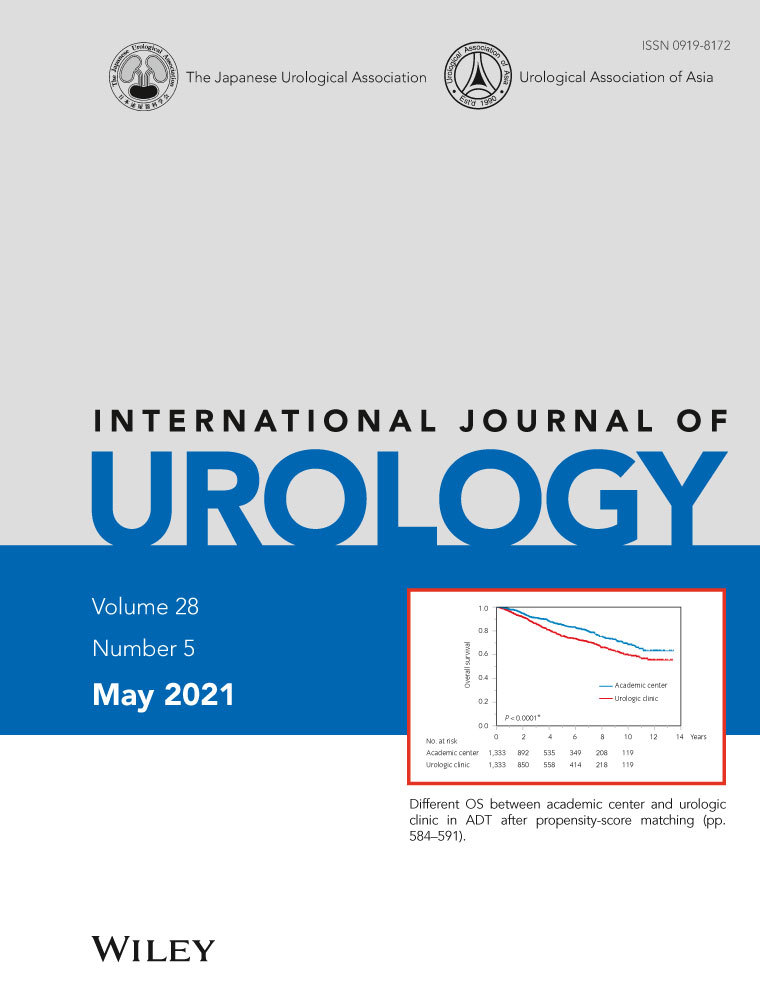Effect of intracorporeal urinary diversion on the incidence of benign ureteroenteric stricture after cystectomy
Abstract
Objectives
To compare ureteroenteric stricture rates after radical cystectomy in patients who undergo an intracorporeal urinary diversion versus other surgical approaches.
Methods
We retrospectively reviewed health records of all patients who underwent cystectomy with urinary diversion at Mayo Clinic Hospital (Phoenix, AZ, USA) from 1 January 2007 through 1 January 2018. Ureteroenteric stricture was identified by surveillance imaging. Patients were stratified by surgical approach: open radical cystectomy, robot-assisted radical cystectomy with extracorporeal urinary diversion and robot-assisted radical cystectomy-intracorporeal urinary diversion. A Cox proportional hazards model was fitted that included independent predictors of stricture development.
Results
Of the 573 cystectomies assessed, 236 (41.2%) were carried out robotically. In the robot-assisted radical cystectomy cohort, 39 patients (16.5%) underwent intracorporeal urinary diversion. The median follow-up period was 55, 70 and 71 months for the open radical cystectomy, robot-assisted radical cystectomy-extracorporeal urinary diversion and robot-assisted radical cystectomy-intracorporeal urinary diversion groups, respectively. Subgroup stricture rates were as follows: open radical cystectomy, 8.0%; robot-assisted radical cystectomy-extracorporeal urinary diversion, 9.6%; and robot-assisted radical cystectomy-intracorporeal urinary diversion, 2.6% (P = 0.33). The median time to stricture was 5 months (interquartile range 3.3–11.5 months). In the bivariable analysis, factors that were associated with the development of ureteroenteric stricture were postoperative urinary leak (hazard ratio 3.177, 95% confidence interval 1.129–8.935; P = 0.03) and body mass index (hazard ratio 1.078, 95% confidence interval 1.027–1.132; P = 0.002). On multivariable logistic regression analysis, intracorporeal urinary diversion approach was not associated with the development of ureteroenteric stricture (hazard ratio 0.272, 95% confidence interval 0.036–2.066; P = 0.21).
Conclusions
Ureteroenteric stricture is a complication that typically occurs within the first postoperative year. Although our results did not support major differences in outcomes between intracorporeal urinary diversion and extracorporeal urinary diversion, the small sample size did not exclude the possibility of a type 2 statistical error.
Conflict of interest
None declared.




